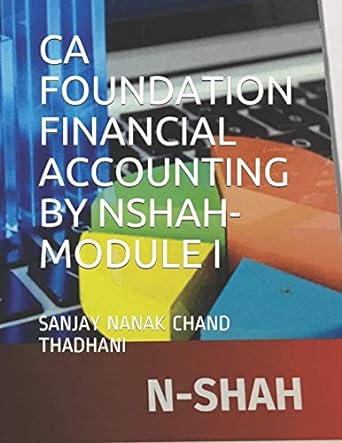

Magoya Sdn Bhd (MSB) is a medium sized chemical company that converts a material into three separate chemicals from a split off point. The chemicals mentioned as Mazo, Krazo and Dazo. Mazo and Krazo are ready for sale after the split off point but Dazo must be futher processed before it could be sold. At split off point Dazo does not have a market price. During the year the sales information for the has been gathered as follows: Product Mazo Krazo Dazo 124 kilos a RM1,000 per tonne 351 kilos a RM750 per tonne 490 kilos @ RM400 per tonne The joint cost for the year was RM416,000 and an additional RM210,000 was spent for the further processing. Required: (a) Allocate the joint process cost to each product using: (1) Net realisable value (NRV) method for joint cost allocation. (10 marks) () Physical basis method for joint cost allocation. (10 marks) (6) Based on the results in (a), you will see differences in joint cost allocation according to the product. Explain in detail the pros and cons using the two method above. (6 marks) Briefly explain by product and provide example to support your answer. (4 marks) [Total :30 marks) Magoya Sdn Bhd (MSB) is a medium sized chemical company that converts a material into three separate chemicals from a split off point. The chemicals mentioned as Mazo, Krazo and Dazo. Mazo and Krazo are ready for sale after the split off point but Dazo must be futher processed before it could be sold. At split off point Dazo does not have a market price. During the year the sales information for the has been gathered as follows: Product Mazo Krazo Dazo 124 kilos a RM1,000 per tonne 351 kilos a RM750 per tonne 490 kilos @ RM400 per tonne The joint cost for the year was RM416,000 and an additional RM210,000 was spent for the further processing. Required: (a) Allocate the joint process cost to each product using: (1) Net realisable value (NRV) method for joint cost allocation. (10 marks) () Physical basis method for joint cost allocation. (10 marks) (6) Based on the results in (a), you will see differences in joint cost allocation according to the product. Explain in detail the pros and cons using the two method above. (6 marks) Briefly explain by product and provide example to support your answer. (4 marks) [Total :30 marks)








